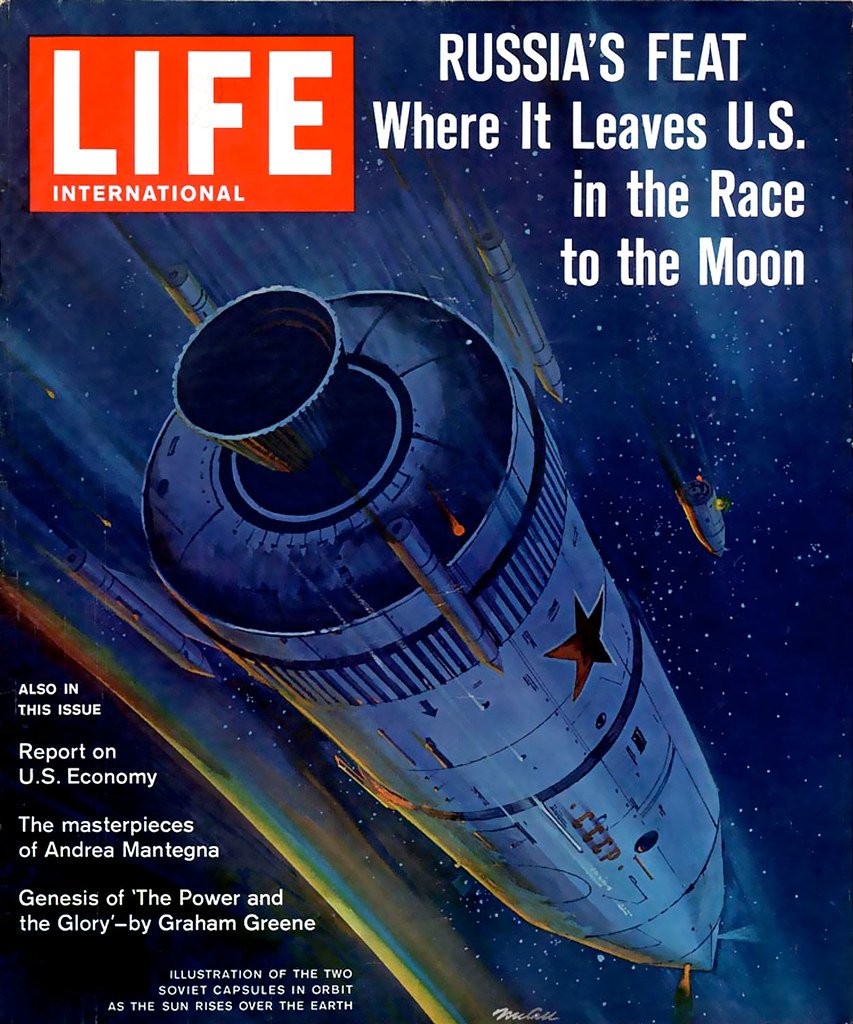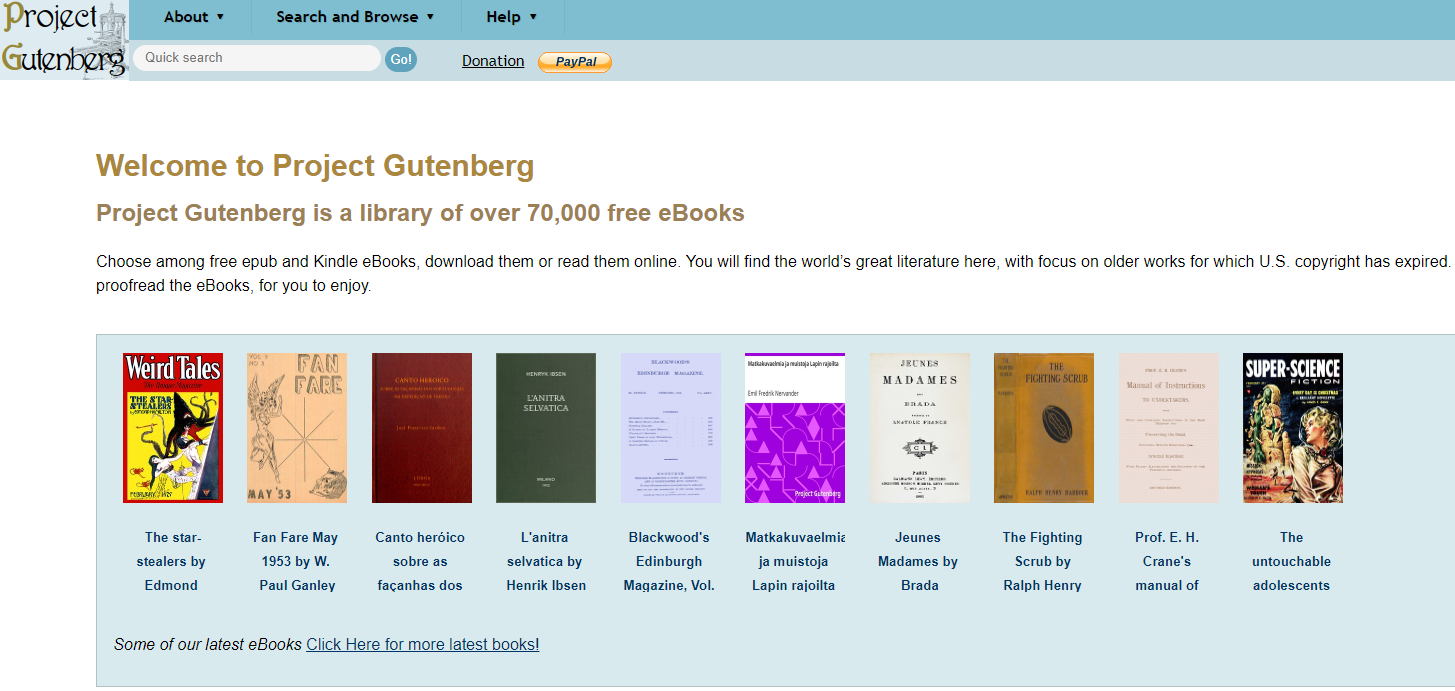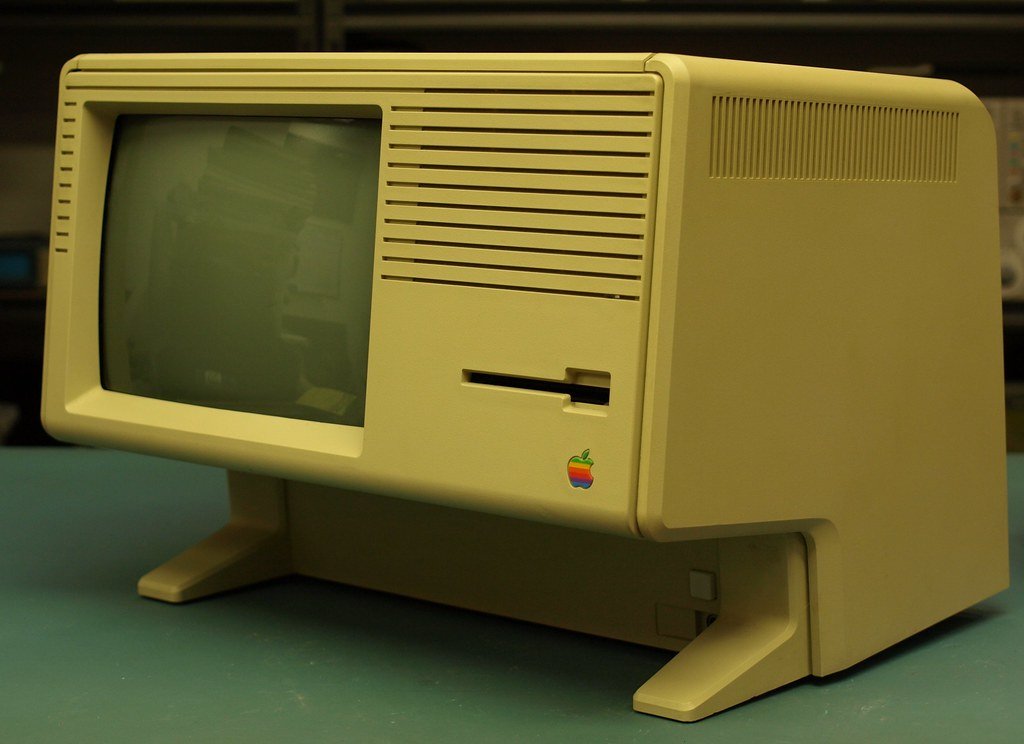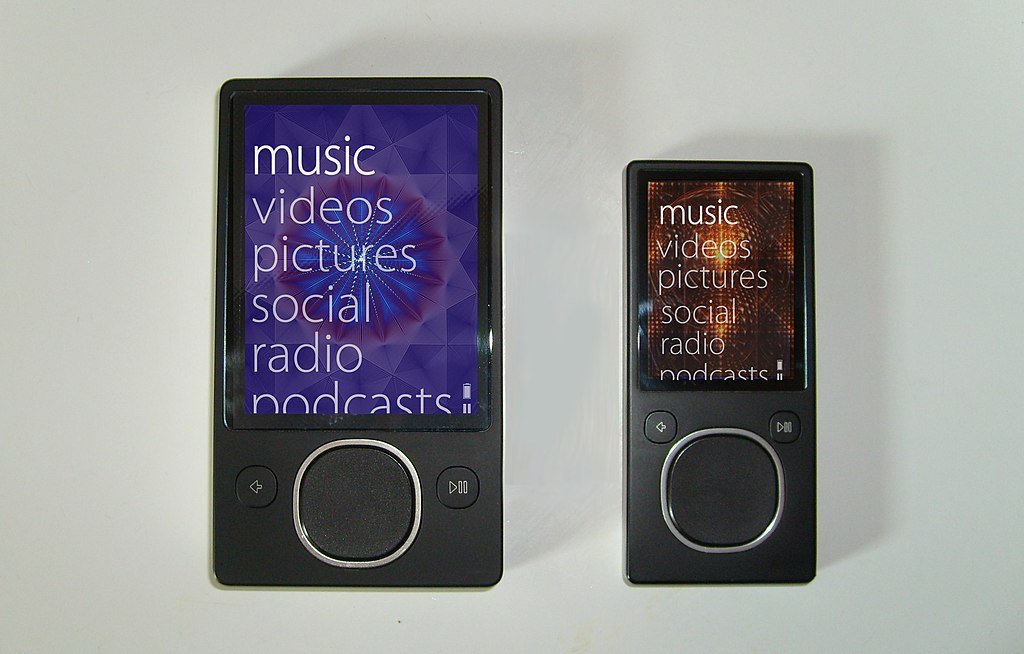In the mid-2000s, Microsoft embarked on a bold venture to challenge the dominance of Apple’s iPod and iTunes ecosystem with its own digital media player, the Zune. Launched in 2006, the Zune Audio Player sought to redefine the way users experienced and shared music. This foray into the portable media player market marked Microsoft’s attempt to carve out a significant niche in the rapidly evolving digital entertainment landscape.
The Zune hardware lineup featured various models, each with its unique set of features and improvements. From the initial Zune 30, sporting a 30 GB hard drive and a 3-inch screen, to the sleek and advanced Zune HD with a touchscreen OLED display, Microsoft aimed to provide consumers with a compelling alternative to Apple’s offerings.
The Zune devices were not merely hardware; the Zune software complemented them – a media player and library application that facilitated seamless synchronization between the device and a user’s digital media library.
Central to the Zune experience was the Zune Marketplace, an online store where users could purchase and download music, videos, and podcasts. The introduction of the Zune Pass subscription service allowed users to access an extensive catalog of music for a monthly fee, pioneering a subscription-based model that would later become a standard in the industry.
One of the Zune’s standout features was its wireless sharing capability, enabling users to share music with nearby Zune devices. This innovative feature, known as “Zune-to-Zune sharing,” added a social dimension to music consumption, allowing friends to discover and exchange tracks effortlessly.
Despite its unique features and ambitious vision, the Zune struggled to gain traction in a market dominated by the iPod. In 2011, Microsoft officially discontinued the Zune hardware, and over time, the Zune software and marketplace were phased out.
Nevertheless, Zune’s influence endured, leaving an indelible mark on the evolution of digital media and music streaming, with its ideas and features finding their way into subsequent Microsoft products and shaping the broader industry landscape. This exploration delves into the fascinating history and impact of the Zune Player, tracing its journey from conception to its lasting legacy.
Table of Contents
Is Zune still available?
Microsoft has discontinued the Zune hardware and associated software and services. The discontinuation process began in 2011, and Microsoft gradually phased out the Zune brand and its related products. The decision to discontinue the Zune was primarily driven by the increasing dominance of smartphones and the decline in demand for standalone portable media players.
While the Zune devices are no longer available for purchase through official channels, existing users may still find support for their devices and access to content previously acquired through the Zune Marketplace. However, Microsoft has shifted its focus to other products and services in the digital media and entertainment space.
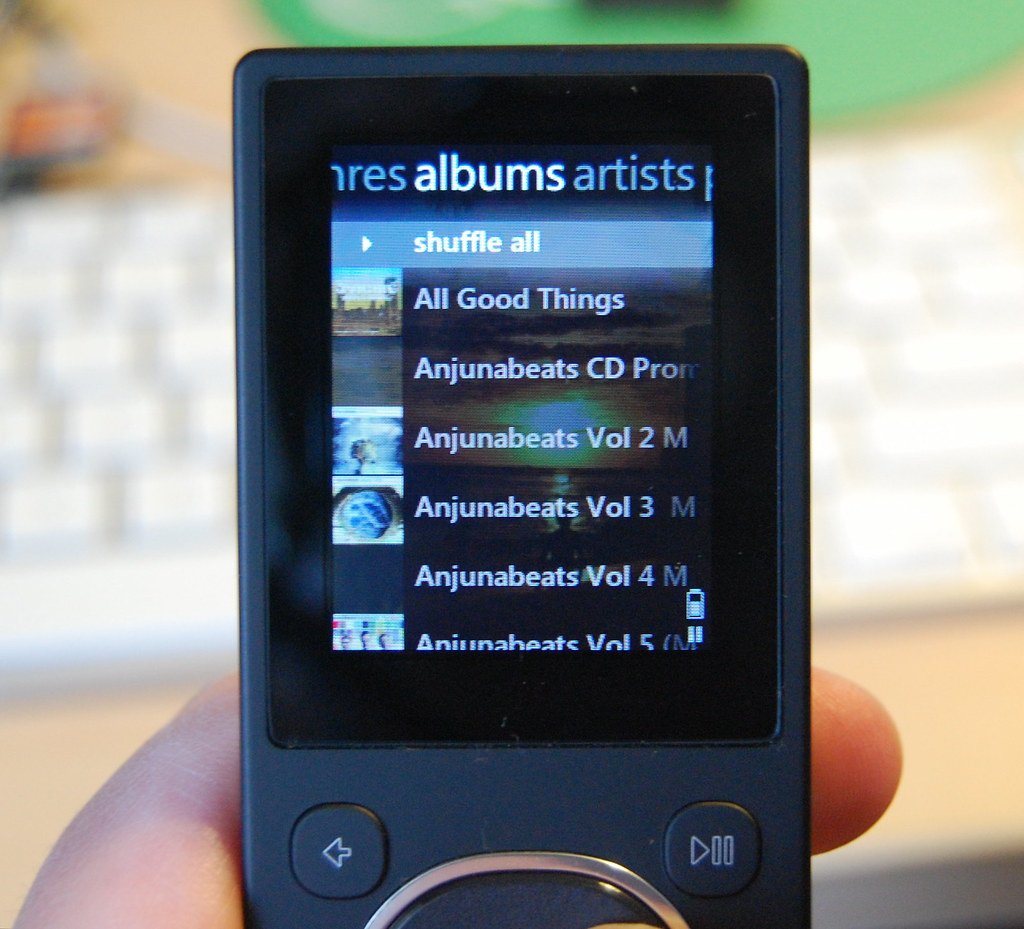
Was the Zune good?
The Zune Player, while showcasing innovative features and a commendable attempt to compete with Apple’s iPod, did not achieve the level of success that Microsoft had hoped for. The hardware offered diverse models, including the notable Zune HD, with a touchscreen OLED display and wireless sharing capabilities. The Zune software and Marketplace introduced unique elements such as the subscription-based Zune Pass, contributing to a distinct user experience.
However, despite its strengths, the Zune faced challenges in gaining widespread consumer adoption. The iPod, with its established brand and seamless integration with iTunes, maintained a dominant position in the market. The Zune’s wireless sharing feature, though intriguing, was limited to Zune devices, limiting its impact.
Ultimately, Microsoft discontinued the Zune hardware in 2011, and the software and Marketplace were gradually phased out. While Zune may have yet to achieve commercial success, its legacy lies in introducing features like wireless sharing and subscription-based music services that influenced subsequent developments in the digital media and streaming industry. Zune’s impact is better appreciated in the context of its contributions to the evolution of digital media, even if it fell short of surpassing the formidable competition posed by Apple’s iPod ecosystem.
Why was Zune discontinued?
The discontinuation of the Zune can be attributed to several factors that collectively contributed to its gradual demise. Despite its innovative features, the Zune faced intense competition from Apple’s iPod, which had already established a dominant position in the portable media player market. The iPod’s seamless integration with iTunes and its iconic design created a formidable barrier for competitors.
Moreover, the rise of smartphones with built-in music players and the shift towards all-in-one devices further marginalized standalone media players like the Zune. The increasing popularity of streaming services also signaled a shift in consumer behavior, with users favoring access to vast music libraries over owning individual tracks.
Microsoft recognized these market dynamics and opted to pivot its focus. The Zune hardware was officially discontinued in 2011, and the Zune software and marketplace were gradually phased out. Microsoft redirected its efforts toward other products and services, such as the Xbox ecosystem and the Windows operating system. While the Zune itself may not have achieved the success Microsoft envisioned, its legacy lives on the lessons learned and the impact it had on shaping subsequent developments in the digital media and music streaming industry.
Zune Audio Player
The Zune Audio Player was a digital media player and media software platform developed by Microsoft. It was introduced as a competitor to Apple’s iPod and iTunes ecosystem. The Zune brand included both hardware devices and software services, but it achieved a different level of success than the iPod.
Zune Hardware
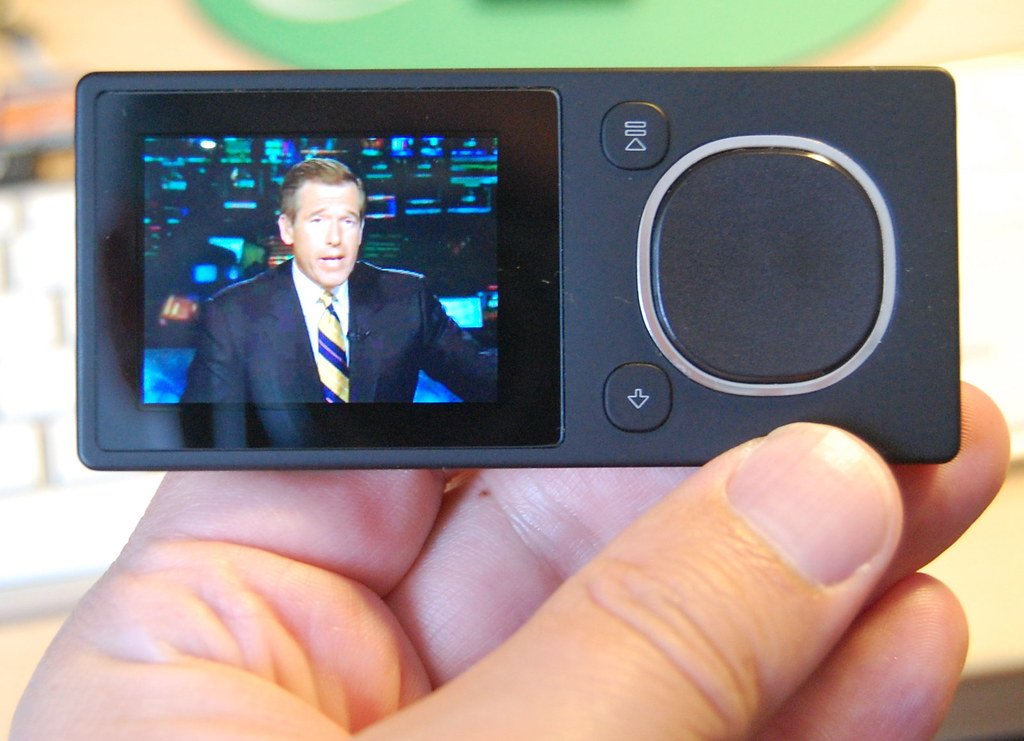
The Zune hardware lineup, introduced in 2006, comprised a diverse range of portable media players that evolved over several generations. Among the notable devices were the Zune 30, Zune 4/8/16, Zune 80/120, and the groundbreaking Zune HD.
The inaugural Zune 30, released in 2006, featured a 30 GB hard drive and a 3-inch screen, marking Microsoft’s initial foray into the competitive portable media player market. As subsequent models emerged, advancements were evident. Storage capacities expanded, design elements were refined, and new features were integrated, reflecting a commitment to continuous improvement.
The Zune 4/8/16 models, catering to users with varying storage needs, showcased Microsoft’s dedication to providing options within its lineup. The Zune 80/120 models, with expanded storage capacities, appealed to users seeking more extensive libraries of music and media.
In 2009, the Zune HD made a significant impact with its introduction of cutting-edge features. Boasting a touchscreen OLED display, the Zune HD offered a visually stunning and intuitive interface. Notably, it also incorporated HD radio capabilities, enhancing the listening experience with higher audio quality and additional content options.
While the Zune hardware may not have achieved the widespread success Microsoft aimed for, its lineup exemplified innovation, adaptability, and a commitment to pushing technological boundaries in the evolving landscape of portable media players. The Zune HD, in particular, stands as a testament to Microsoft’s pursuit of excellence by incorporating state-of-the-art features that left a lasting imprint on the history of digital media devices.
Zune Software
The Zune software, a pivotal component of the Zune ecosystem, served as a comprehensive media player and library application meticulously crafted to complement the Zune hardware. Tailored to enhance the user experience, it seamlessly integrated with Zune devices, offering a unified platform for managing digital media.
A standout feature of the Zune software was its robust functionality for organizing and syncing various media types, including music, videos, and podcasts. Users could effortlessly curate their digital libraries, ensuring a personalized and organized collection on their Zune devices.
Beyond its organizational prowess, the Zune software acted as a gateway to the Zune Marketplace, Microsoft’s digital media store. Here, users could not only browse an extensive catalog but also purchase and download music and videos directly to their Zune devices. This integration created a streamlined and convenient ecosystem, simplifying the process of acquiring and enjoying digital content.
The user interface of the Zune software was a testament to Microsoft’s commitment to aesthetics and user-friendly design. Characterized by a clean and visually appealing layout, the software featured distinct sections dedicated to music, videos, pictures, podcasts, and more. This intuitive interface not only facilitated easy navigation but also contributed to an immersive and engaging user experience.
The Zune software played a pivotal role in enhancing the functionality of Zune devices, providing users with a seamless and enjoyable means of managing, acquiring, and enjoying their digital media. Its intuitive design and integration with the Zune Marketplace underscored Microsoft’s dedication to creating a cohesive and user-centric ecosystem in the fiercely competitive world of portable media players.
Zune Marketplace
The Zune Marketplace, a cornerstone of the Zune ecosystem, was an online haven for music enthusiasts seeking a diverse array of content. Functioning as an expansive digital store, users could peruse and procure their favorite tunes, videos, and podcasts with ease. This platform facilitated a seamless transaction process, enabling users to not only purchase but also download their chosen media directly to their Zune devices or personal computers.

Among the innovative offerings within the Zune Marketplace was the revolutionary Zune Pass subscription service. This service, available for a monthly fee, ushered in a paradigm shift in music consumption. Zune Pass granted subscribers access to an extensive and ever-growing library of music, transcending the traditional model of individual track purchases. This subscription not only permitted unlimited downloads of preferred tracks but also introduced the concept of streaming, allowing users to revel in an uninterrupted flow of music at their fingertips.
Zune Pass, with its combination of unlimited downloads and streaming capabilities, redefined how users engaged with their music libraries. This subscription-based model provided a cost-effective and dynamic approach to music consumption, aligning with the evolving preferences of users in an era where the music industry was transitioning towards digital streaming services. The Zune Marketplace, coupled with the innovative Zune Pass, left an indelible mark on the digital media landscape, contributing to the evolution of how audiences interacted with and experienced their favorite music.
Wireless Sharing
A standout feature that set the Zune apart from its competitors was the innovative “Zune-to-Zune sharing” capability. This wireless sharing feature fundamentally transformed the way users interacted with their music libraries. In a digital landscape dominated by personal music collections, the Zune’s ability to facilitate seamless sharing of songs among nearby devices introduced a social dimension to the music-listening experience.
With “Zune-to-Zune sharing,” users could spontaneously share their favorite tracks with friends or fellow Zune users in proximity. This feature leveraged built-in Wi-Fi technology, enabling a direct connection between devices without the need for cumbersome cables or additional accessories. It was a dynamic and spontaneous way for users to discover new music, fostering a sense of community and shared musical experiences.
The process was user-friendly, allowing individuals to select a song and share it wirelessly with others. This introduced an element of uncertainty to music discovery, as users could stumble upon new artists or genres through the musical preferences of their peers. Although this feature was a testament to Zune’s commitment to innovation, more was needed to secure Zune’s dominance in the market, ultimately succumbing to the overwhelming popularity of Apple’s iPod. Nevertheless, “Zune-to-Zune sharing” remains a distinctive and memorable aspect of the Zune legacy, highlighting Microsoft’s efforts to redefine the traditional boundaries of personal music enjoyment.
Discontinuation
The Zune platform, Microsoft’s ambitious venture into the portable media player market, encountered formidable challenges despite its innovative features aimed at competing with Apple’s iPod. Despite the Zune’s wireless sharing and subscription-based Zune Pass services, it struggled to capture significant market share dominated by the entrenched iPod ecosystem.
In 2011, acknowledging the evolving landscape and market dynamics, Microsoft made the strategic decision to discontinue the Zune hardware. This move marked a pivotal moment in Zune’s trajectory, signaling a shift in Microsoft’s focus away from standalone media players.
The subsequent phase-out of the Zune software and marketplace underscored Microsoft’s redirection of efforts toward other products and services. The Zune’s legacy, however, endured through the integration of its features and concepts into Microsoft’s evolving ecosystem. Elements of the Zune experience found new life in products like the Groove Music app and the Xbox Music service, illustrating Microsoft’s adaptability in repurposing innovative concepts across its diverse range of offerings. While Zune may not have achieved the market dominance Microsoft aspired to, its impact persisted through the technological DNA it infused into subsequent Microsoft ventures, leaving an indelible mark on the company’s broader strategy in the digital entertainment landscape.
Although the Zune brand fell short of Microsoft’s ambitious expectations, its influence on the digital media and music streaming landscape is undeniable. The Zune introduced pioneering concepts like wireless sharing and subscription-based music services, laying the groundwork for industry-wide innovations. The notion of seamlessly exchanging music between devices, a feature intrinsic to Zune’s wireless sharing, sparked a trend in social interactivity within music consumption.
Additionally, the Zune Pass subscription service anticipated the shift towards subscription-based models, a paradigm that has since become ubiquitous in the streaming era. While Zune itself may not have become a household name, its enduring impact is evident in the continued evolution of the fvf industry, where concepts first explored by Zune have become integral components of contemporary music and media consumption.
